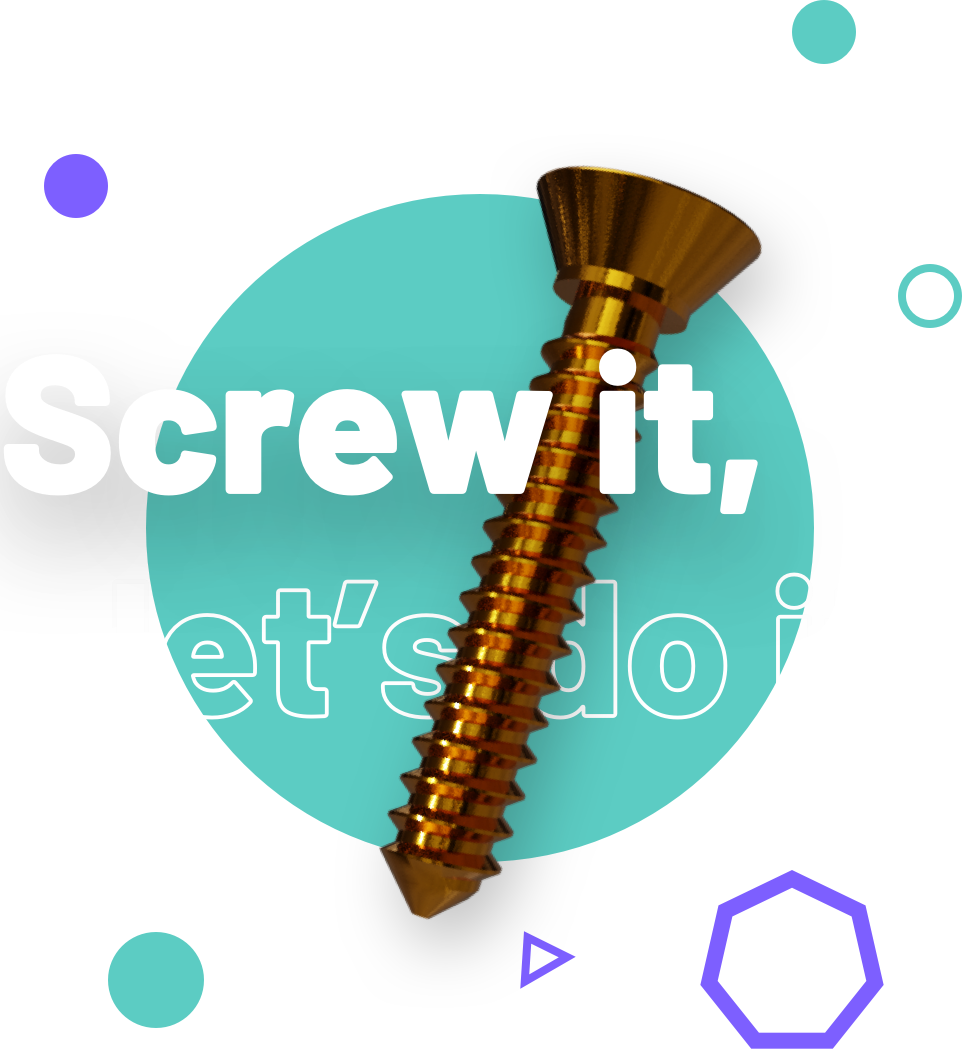The world of Neural Radiance Fields (NeRF’s in short) got introduced to many innovation enthusiasts like us in 2023. With tools like Lumalabs or Polycam it has gotten way easier to capture NeRF’s and create new 3d models with them in a few clicks. Our innovation manager Bas went to visit one of the few volumetric capturing studio 4dr studios in the world in Eindhoven this week. In this blog we’ll discuss his experience and highlight some of the major developments in the world of volumetric and programmatic capturing.
So what is volumetric capturing?
Volumetric capturing is a cutting-edge technology that has revolutionised the way we create digital content, especially in the fields of gaming, film, and virtual reality. It refers to the process of capturing a three-dimensional space, including objects or people within that space, to create a digital model that can be manipulated in a virtual environment.
In traditional photography or videography, you capture a 'flat' perspective of your subject from a specific angle. This approach limits the viewer to that particular viewpoint. However, volumetric capturing allows for a much more dynamic and interactive experience. By capturing data from multiple angles, it creates a 3D model that can be viewed and interacted with from any direction. This is particularly valuable for creating digital environments, movie scenes, or accurate digital replicas of real-world objects or people, such as an F1 driver for a racing game.
VC studio setup
The setup for a volumetric capturing studio typically involves a sophisticated array of cameras and lights arranged in a 360-degree grid, covering horizontal, vertical, and diagonal angles. The surrounding environment is often lined with green screens to facilitate easier and more precise extraction of the subject. This configuration allows the cameras to capture the subject simultaneously from all angles, making it possible to generate a comprehensive 3D model.
Only a handful of VC studios in the world
Such studios are relatively rare due to the complexity and expense of the setup. The studio in Eindhoven is among the few in the world that offer this advanced technology. This scarcity adds to the uniqueness and value of the content created through volumetric capturing.
Volumetric captures represent the optimal approach for acquiring 3D content in professional settings. However, with advancements in artificial intelligence, newer and less complex methods have emerged, making it possible to experiment with these techniques at home. One such technique is known as Neural Radiance Fields.
What is a Neural Radiance Field?
A Neural Radiance Field, commonly referred to as NeRF, represents a significant leap in the world of 3D modelling and computer graphics. At its core, a NeRF is a framework for rendering photorealistic 3D scenes from a sparse set of 2D images. It employs deep learning techniques to understand and interpret the way light interacts with objects in a three-dimensional space. This understanding allows NeRFs to reconstruct a highly detailed and accurate 3D model of a scene or object, including complex aspects like reflections, refractions, and shadows.
Unlike traditional 3D modelling, which relies heavily on manual labor to create detailed models, NeRFs automate much of this process, using algorithms to fill in the gaps between the captured images. This makes it possible to create 3D models of unprecedented detail and realism from relatively limited data. The technology is particularly groundbreaking for industries like virtual reality, where immersive and lifelike environments are paramount, and in film production, where it can generate realistic digital doubles or complex scenery.
The integration of NeRFs with volumetric capturing technologies further enhances their capabilities. While volumetric capturing provides a comprehensive spatial representation of a subject, NeRFs add the nuanced understanding of light and texture, culminating in a digital representation that is remarkably close to real life. This synergy is pushing the boundaries of what's possible in digital content creation, opening new frontiers in various fields, from entertainment to scientific visualisation.
Examples of entry level implementations of NeRFs
The realm of Neural Radiance Fields (NeRFs) is not just limited to high-end studios and advanced research facilities. Entry-level implementations of this technology are now accessible through tools like Lumalabs or Polycam, which have significantly lowered the barrier to entry for enthusiasts and professionals alike. These applications harness the power of NeRFs in practical, user-friendly ways, making advanced 3D modelling techniques available to a broader audience.
One intriguing application is the creation of digital flythroughs of real-world spaces. For instance, using Lumalabs or Polycam, you can capture your own house and create a detailed digital twin. This model allows for virtual tours and exploration, offering a unique perspective of your personal space, which can be valuable for interior design, real estate showcases, or simply as a digital keepsake.
Another compelling use case is the Gaussian splat feature, which provides an innovative method for rendering and visualising 3D data. This technique is particularly useful for creating highly detailed and accurate representations of complex scenes, blending the precision of 3D modelling with the artistic nuance of light and texture interpretation.
Additionally, the integration of NeRFs with drone technology has opened new avenues in architectural and topographical modelling. Using drone footage, tools like Polycam can build intricate 3D models of buildings, landscapes, and urban environments. This capability is invaluable for urban planning, architectural design, and even historical preservation, where it can help to document and study structures and spaces in unprecedented detail.
These examples of entry-level NeRF implementations demonstrate the technology's versatility and accessibility. By simplifying complex processes, Lumalabs and Polycam are not only making NeRFs more approachable but also unlocking a myriad of creative and practical applications for a diverse range of users.


